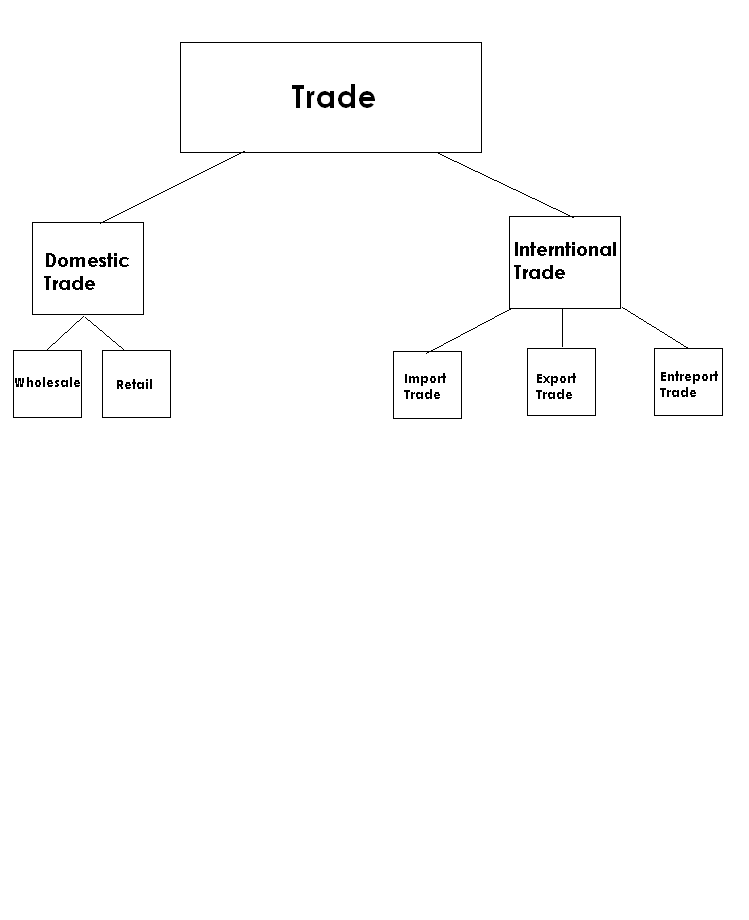Trade Types
Post on: 29 Июнь, 2015 No Comment

The London Stock Exchange has several types of trade.
Each has a one or two letter code.This is a complete list of the codes.
‘O’ Ordinary Trade (System will delay if over 6 x NMS)
A standard trade made through the Market Makers and dealt at normal settlement date.
‘B’ Broker to Broker
A transaction between two member firms where neither firm is registered as a market maker in The security in question and neither is a designated fund manager.
‘EU’ Euro Automated Trades
‘ER’ Euro Trades
‘K’ Block Trade
A transaction using the block trade facility.
‘L’ Late Trade
Late trades, as the name implies, are trades that are reported to the Stock Exchange some time after the trade has been executed. There can be a number of reasons for this. Stocks have a market size, the size varying with each stock. If a trade is executed that is six times the Normal Market Size then the market makers, for stocks traded on the full list, do not have to report the trade for 1 hour after the trade was executed. Once reported, this would show as a late trade. A trade would also show as being late if the bargain had to be amended for any reason, like an alteration to the settlement date. Once the bargain was amended, the amended bargain would show up as a late trade.
‘LC’ Late Trade Correction
A correction submitted more than three days after the trade date or where deferred publication is permitted at any time after the trade report was submitted to the Exchange reporting system.
‘M’ Market Maker to Market Maker
A transaction between two market makers registered in the security in question including those executed through an inter dealer broker or a public display system.
‘N’ Non Protected Portfolio
A non-protected portfolio transaction or a fully disclosed portfolio transaction. Normally a transaction of a number of stocks dealt with by one market maker at an agreed discount to the market price.
‘NM’ Not to Mark
A transaction where the Exchange has granted permission for non-publication.
‘NR’ Non Risk (SEATS Based Segments only)
A non-risk transaction.
‘NT’ Negotiated Trade
‘P’ Protected Portfolio
A protected portfolio transaction or, if reporting a trade resulting from a worked principal agreement for a portfolio transaction. Like a non-protected portfolio, but the price dealt at can be amended if the market maker manages to make a ‘good’ profit.
‘R’ Riskless Principal transaction at different Price
A riskless principal transaction with two non members, where the two transactions are executed at different prices or on different terms (this requires two separate trade reports). This happens often on a trade where commission is not charged. Instead of paying commission, the client will pay extra for their shares.
‘RO’ Result of Option
A transaction which resulted from the exercise of an option.
‘RT’ Risk Trade (SEATS Based Segments only)
A risk transaction.
‘ST’ SEAQ Trade
This is used for the single uncrossing trade, detailing the total executed volume and uncrossing price as a result of a SEAQ auction.
‘SW’ Stock Swap
Transactions comprised in a stock swap or stock switch (one report is required for each line of stock swapped or switched).
‘UT ‘ Uncrossing Trade
This is used for the single uncrossing trade, detailing the total executed volume and uncrossing price as a result of a SETS auction.
‘X’ Cross at the Same Price
A transaction was effected as an agency cross or a riskless principal transaction at the same price and on the same terms (this requires one trade report).
‘Y’ Late Trade
‘AT’ An automatic trade
An automatic trade generated by the SETS system through the order book.(Level 2)
‘PA’ A protected transaction
A protected transaction at the time that protection is applied.
‘PC’ Post Contra.
Used when reporting a Contra Trade when the contra date is not the trade date.
‘T’ If reporting a single protected transaction.
A protected transaction occurs when a large order is going through the market. The buyer (or seller) may wish to keep the order anonymous from the rest of the market as the size of the order could greatly alter the price of the stock. With a protected transaction, the dealer will put the trade through in small quantities rather than knock the whole order out in one hit. The entire transaction is reported once the deal is completed. The LSE is notified at the start and at the end of the transaction. However, the market as a whole isn’t told until the end, thus the order is protected.
‘WN’ Worked Principal Notification.
If notifying the Exchange that a member firm has entered into a worked principal agreement for a single security.
‘TS’ Test Security.
If using a test security to test trade reporting.
‘WT’ Worked Principal Trade.
If reporting the trade resulting from a worked principal agreement for a single security.
‘CT’ Contra Trade.
Used to publish a contra trade in a previously automatically executed trade through the order book.
‘AI’ Automated Input facility.
If reporting that a member firm has disabled its automated input facility in response to a request from the Exchange.
‘PN’ Worked Principal Portfolio Notification.
If reporting that a Member firm has agreed to take on a worked principal agreement for a portfolio transaction.
‘VW’ Volume Weighted Average Price
A transaction that was effected at a price based on a volume weighted average price over a given period.
‘RC’ Regulatory Conformance
This is a test segment for which no trade reports will be disseminated.














